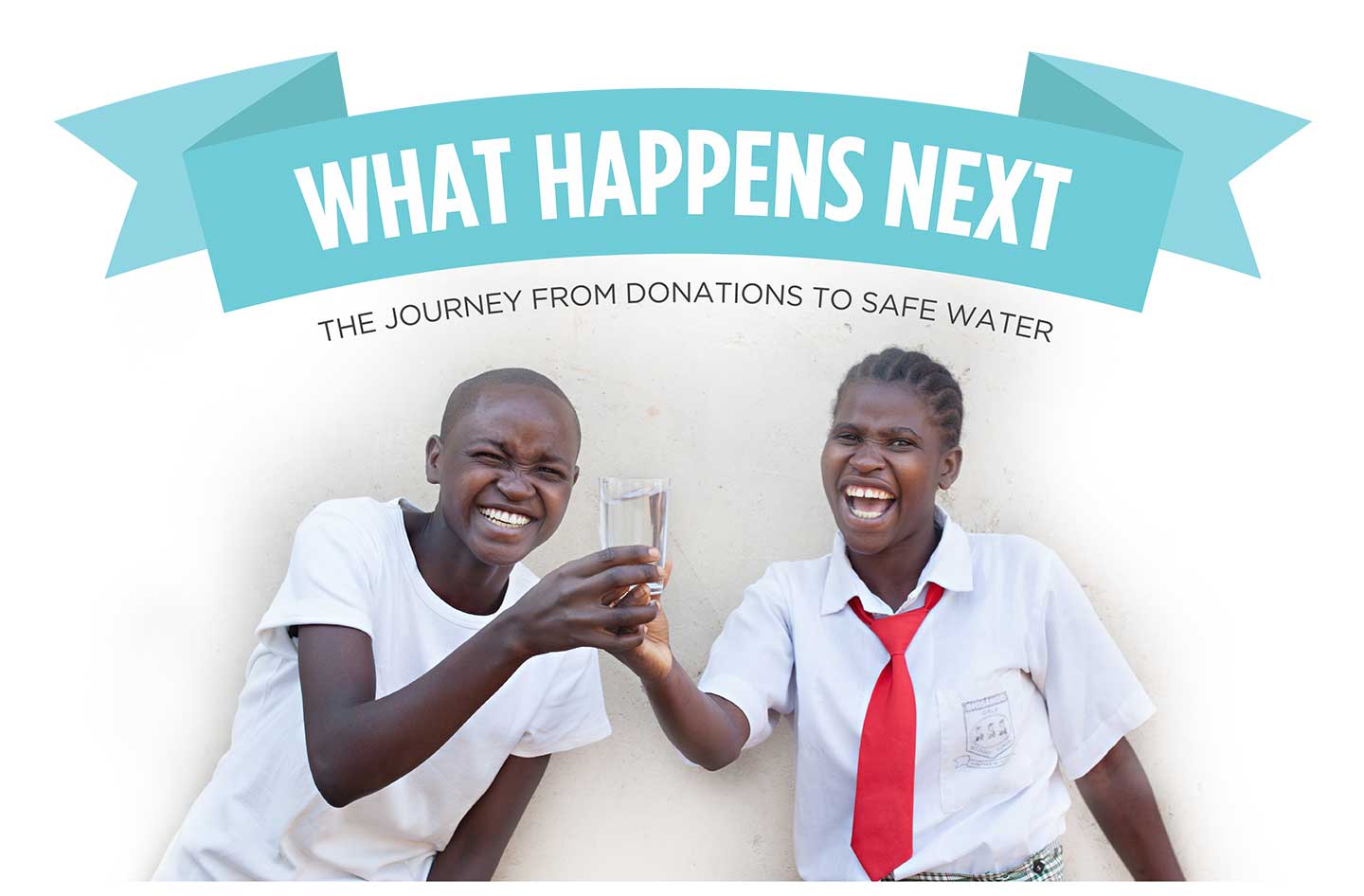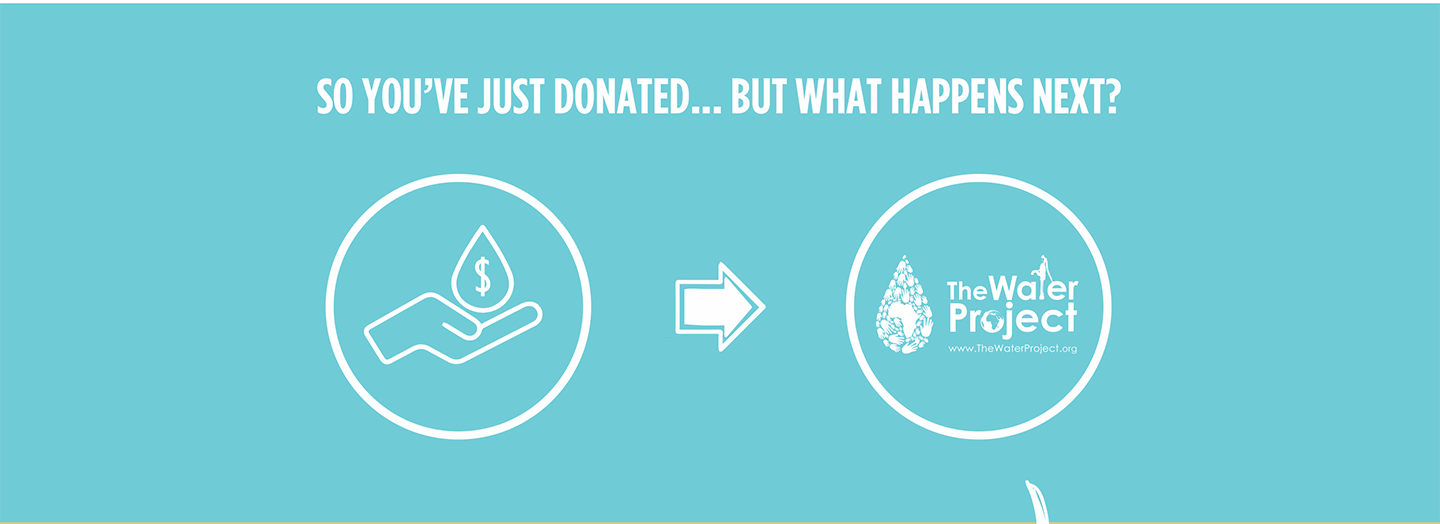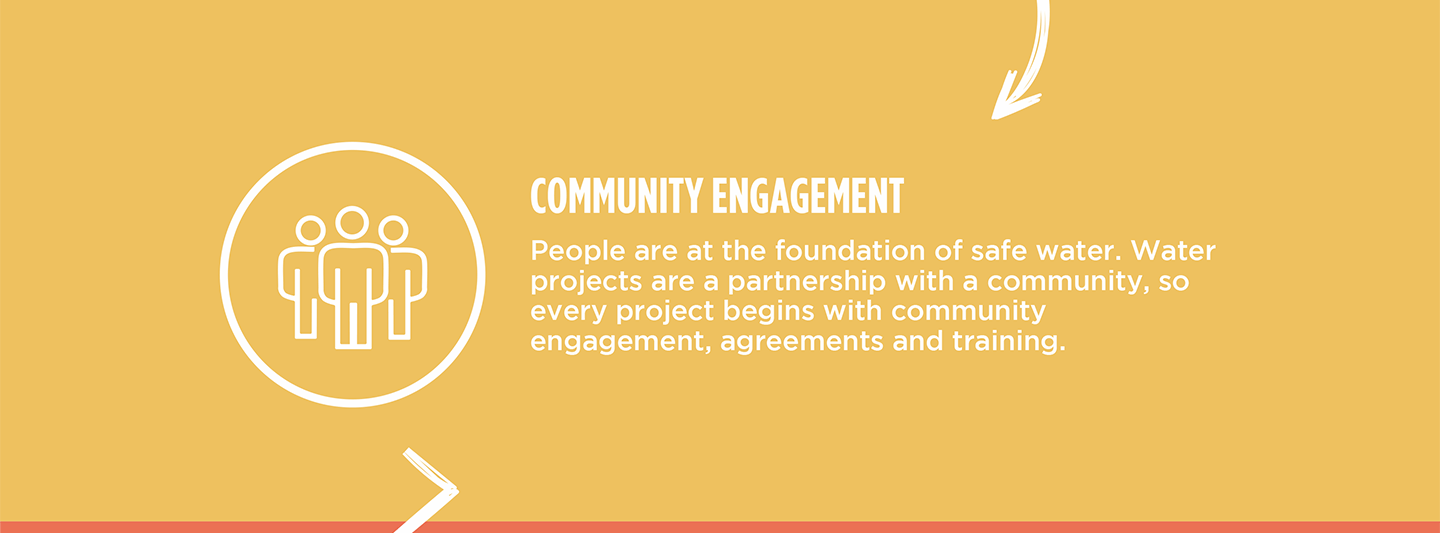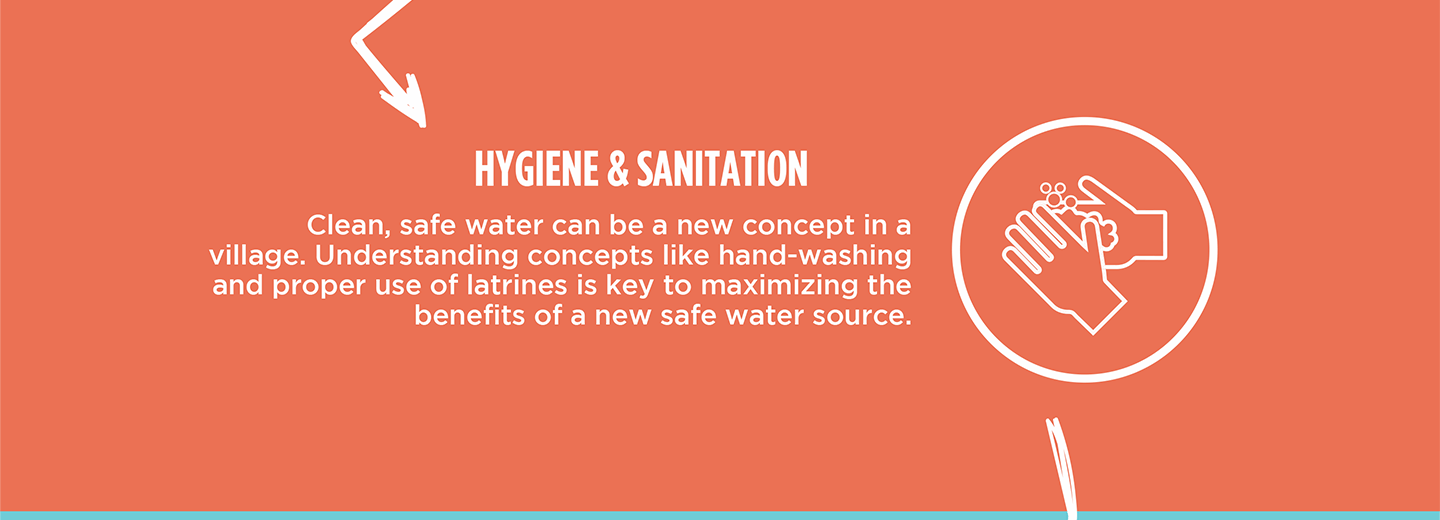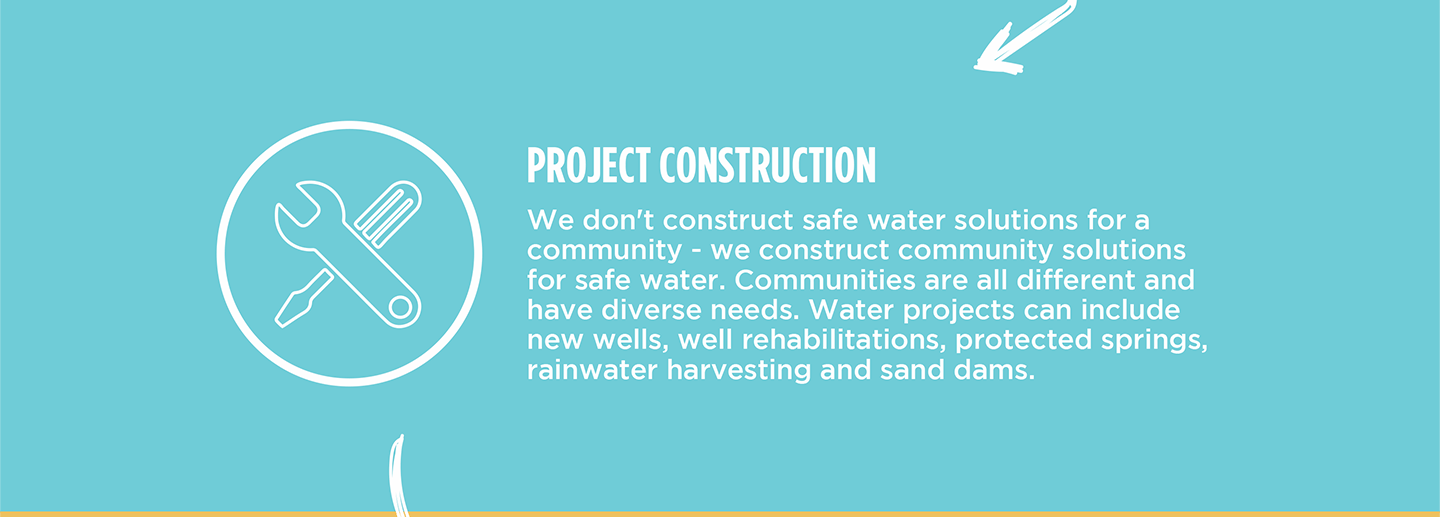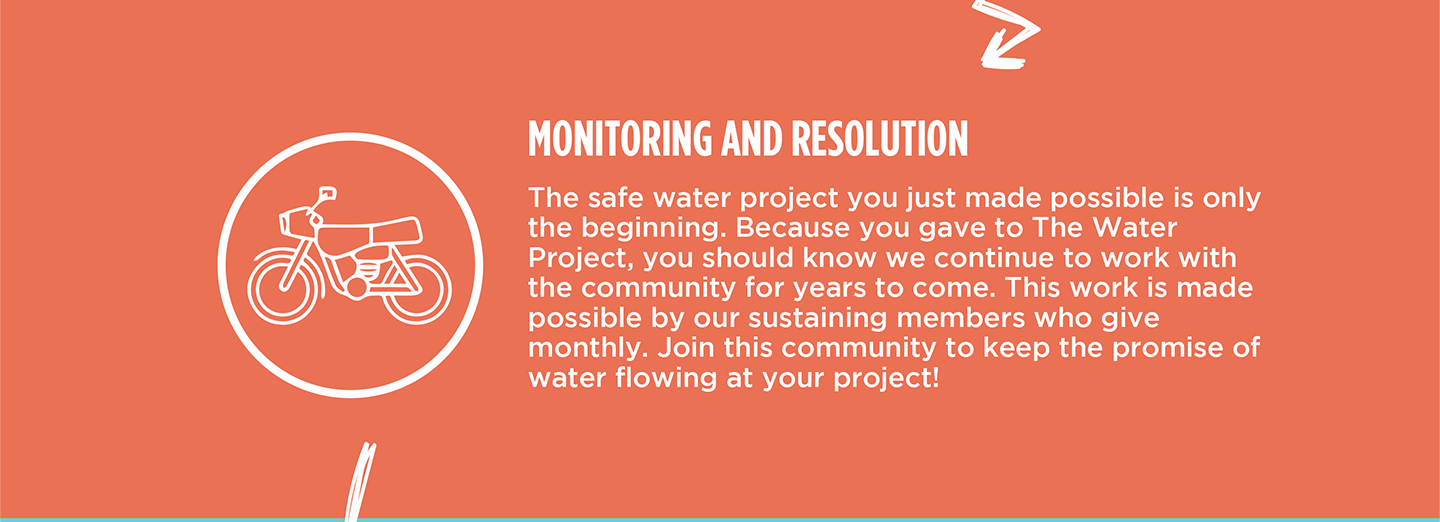The 500 people living in the Inguvuli Community rely on the unprotected Marygoretti Shikanga Spring for their daily water needs. The community protected the spring twenty-five years ago, but its current state shows that the water is no longer properly filtered and does not flow from the original pipes. Water seeps through the cement walls, covering the collection area in slippery green algae.
"The spring is susceptible to contamination from surface water runoff. This runoff water carries pollutants such as agricultural chemicals, sewage, animal waste, or debris into the spring water, contaminating it. As a result, the water's appearance, taste, or even smell changes," Field Officer Joel Otuya Shitindo reported.

The unprotected spring.
All who use the spring regularly know that when they collect and consume the water, they risk becoming ill, but they have no other choice.
"This waterpoint is very much prone to contamination. I am really concerned about my health because water from this spring can contain harmful bacteria and other pathogens that can cause waterborne diseases. Consuming or coming into contact with this water might lead to illnesses which can be particularly dangerous for my immune system, hence being more vulnerable," shared 12-year-old Delton.

Delton.
"It is difficult and tiresome to access water from this spring since one has to bend so much in order to fetch. I often experience stress due to the tedious process of collecting and transporting water."

Delton tries to collect water.
Delton also shared that being tasked with collecting water from the spring causes him to waste time there, interrupting his schooling, especially during the dry season when people from other areas flock to the spring in search of water, causing it to be overcrowded.

Delton and those in his community need assistance to make clean water an everyday reality so they can go about their lives without worry and hopefully make progress in the future.
"What struck me the most is the profound hardship endured by community members in their quest for access to water. Undoubtedly, the proposed water solution will have a significant impact in their lives," concluded Joel.
Steps Toward a Solution
Our technical experts worked with the local community to identify the most effective solution to their water crisis. They decided to safeguard the existing flowing spring.
Spring Protection
Springs are natural water sources that originate from deep underground. As water travels through various layers of the earth, it undergoes a natural filtration process, making it cleaner and safer to drink. To protect these spring sources from contamination, we construct a waterproof cement structure around layers of clay, stone, and soil. This design channels the spring water through a discharge pipe, facilitating easier, faster, and cleaner water collection.
Chlorine Dispenser
As an extra measure towards water quality safety, uniquely engineered chlorine dispensers are installed at all of our spring protection projects so community members can treat their water with pre-measured doses of chlorine. The chlorine treats any residual contamination and stays active for two to three days, ensuring water stays safe to use even when stored at home. Chlorine delivery and maintenance of the dispensers are part of our ongoing community support.
Community Education & Ownership
Hygiene and sanitation training are integral to our water projects. Training is tailored to each community's specific needs and includes key topics such as proper water handling, improved hygiene practices, disease transmission prevention, and care of the new water point. Safe water and improved hygiene habits foster a healthier future for everyone in the community. Encouraged and supported by the guidance of our team, a water user committee representative of the community's diverse members assumes responsibility for maintaining the water point, often gathering fees to ensure its upkeep.



 Rehabilitation Project
Rehabilitation Project

























